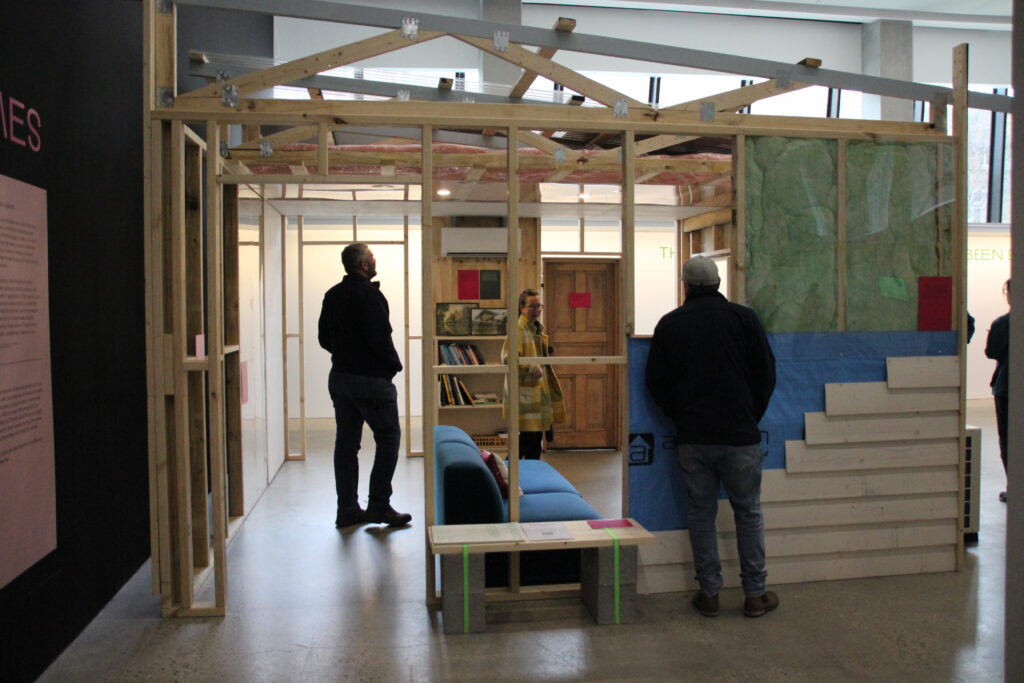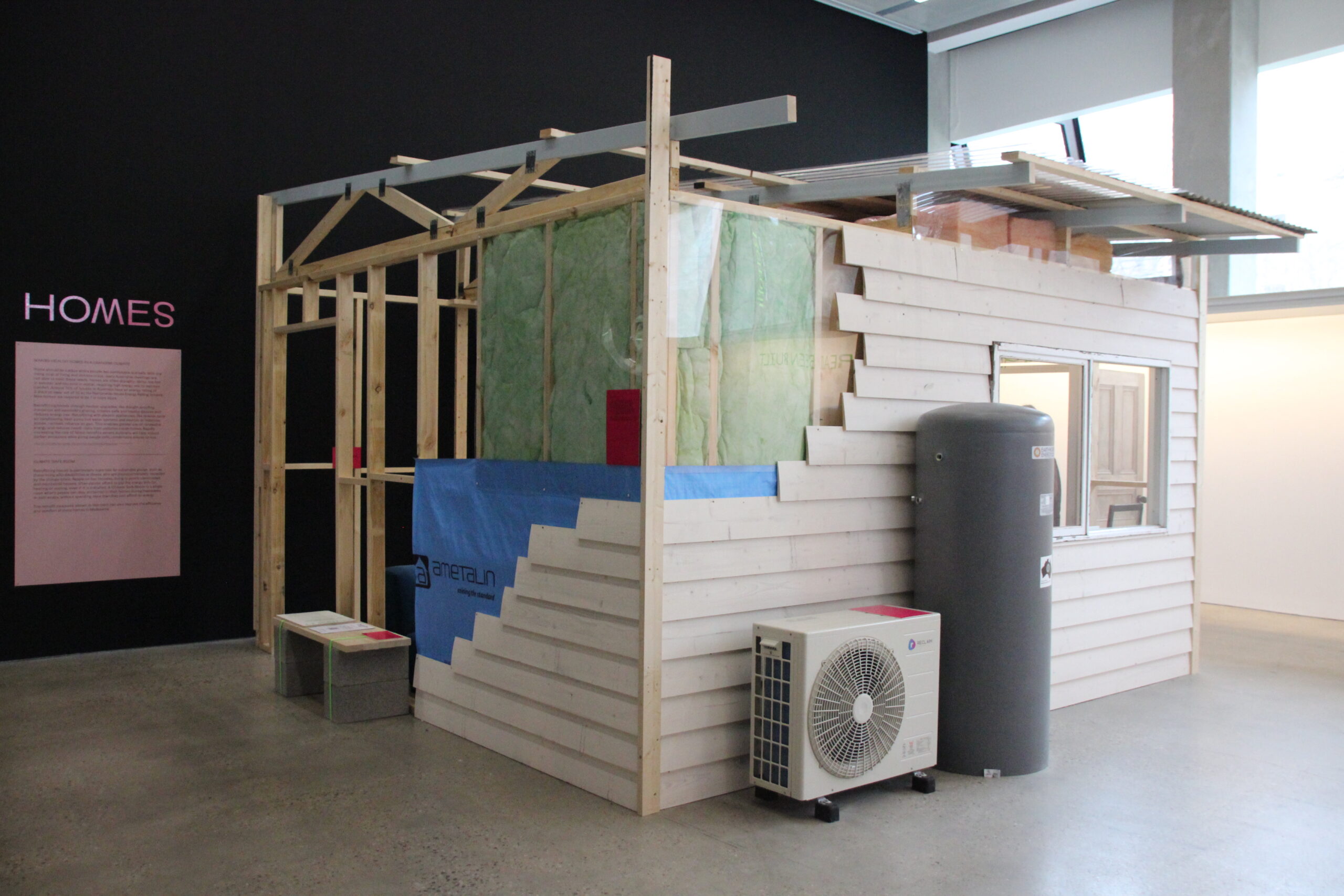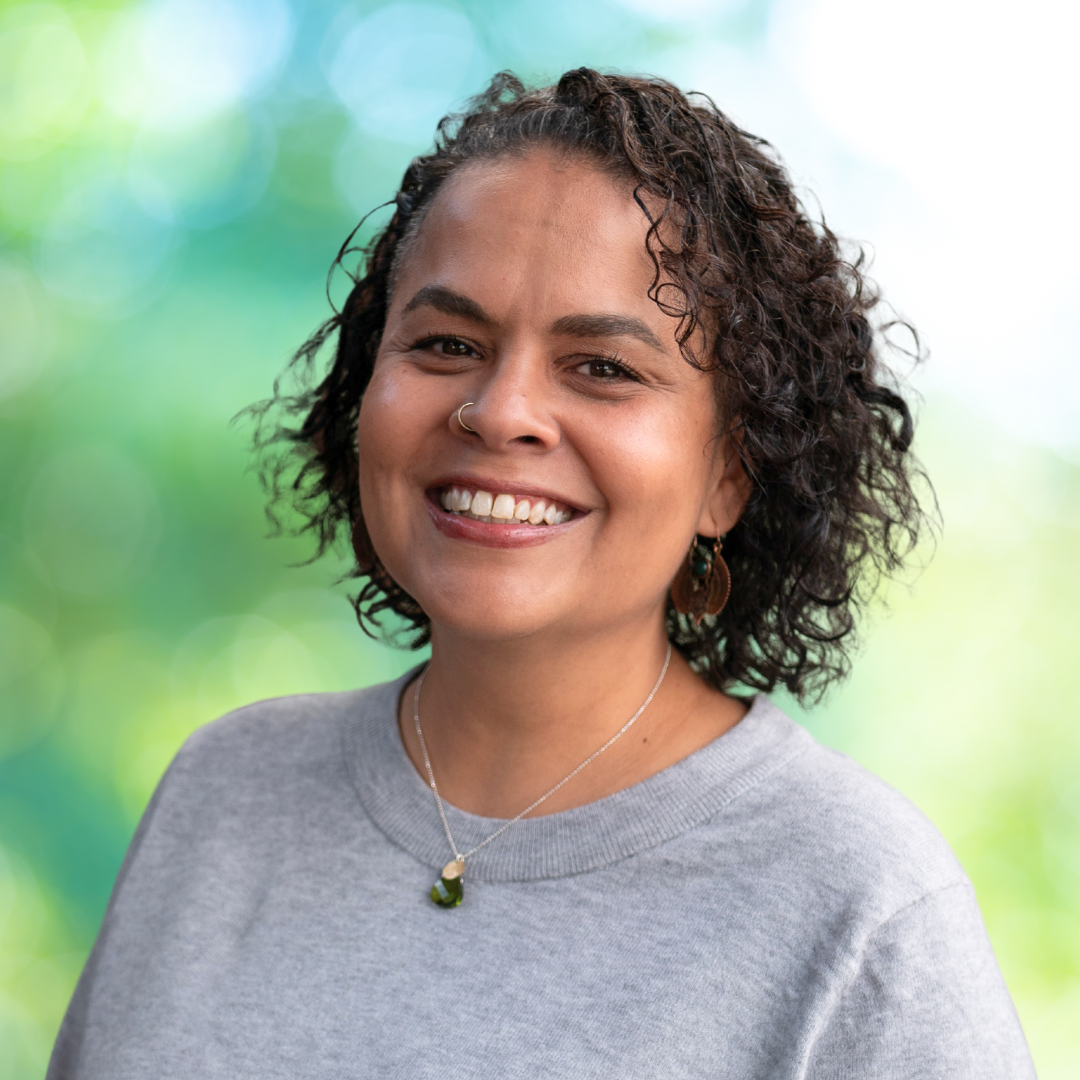Much of Australia’s housing stock is aging, and as many of our co-operatives will know, old homes are costly to maintain. Retrofitting is key to creating healthier, more energy-efficient homes for the future – so that when extreme weather comes knocking on the door, the people inside aren’t at risk.
Enter the climate-safe room. A single room in a household where people can stay protected in their home during heatwaves, cold snaps, or other extreme weather events without spending more money on energy to stay safe.
Over the past year, two CEHL co-op members took part in the City of Yarra’s Climate Safe Room pilot program. The initiative offered up to $10,000 in free energy upgrades for eligible residents whose health conditions put them at greater risk during heatwaves or cold snaps.
One of those members is Paul Wildermoth, a Merri CERC member and part of their maintenance and well-being committee.
Paul lives in an inner-north property built over 100 years ago – a house with “gaps in the windows, gaps in the floorboards, very little insulation in the walls, and a constant cold draught in winter.”
When he moved into the home 7 years ago, a gas heater was installed to provide more effective heating. As someone living with chronic health conditions, Paul has especially struggled in the winter – but keeping warm meant gas bills were reaching $600 every two months.
That’s where the Energy Efficiency and Electrification Alliance (3EA) came in. A not-for-profit leading home thermal energy retrofits for a low-carbon future, 3EA was contracted by the City of Yarra to deliver Paul’s Climate Safe Room. They assessed the property and recommended how to use the allocated funds most effectively.
“When you’re on a very limited income and in affordable housing, yet the money that you’re saving is taken up by keeping yourself free from the cold – it’s grim,” Paul says.
With the grant, contractors assessed the property and provided options for how the allocated money could be used to meet the house’s needs.
New insulation was installed in the roof and walls around Paul’s living room, and a series of draught-proofing measures were installed around the interior of the house. A split system was installed, as were seven solar panels making a 3.14-kilowatt system.
Now, a couple of months with his climate-safe room, Paul says the biggest difference has been what’s gone unnoticed.
“It’s a bit cliché, but the biggest thing I noticed was that I didn’t really notice – because I was comfortable, relaxed, not focused on a draught coming in. I was just comfortable.”
Using the split system now for heating, the climate-safe room keeps the heat in during the winter, and during the days, it’s powered by solar. Paul says he’s very rarely used his gas system since the retrofit, and while he’s yet to get his latest gas bill, he anticipates it being much, much lower.
“Taking that pressure off – the constant pressure of dreading winter because I’m going to be cold and it’s going to be expensive to not be cold – has been a big relief,” Paul says.
The program is an example of how CEHL explores and shares opportunities that benefit co-ops. By connecting with the City of Yarra, local co-op members were able to access upgrades that improve the safety, comfort and affordability of their homes.
Making sure all co-op members can live comfortably, efficiently and affordably in their home is growing more important by the day. With the impacts of climate change at our doorsteps, creating resilient co-operative communities will help sustain this unique housing model.


